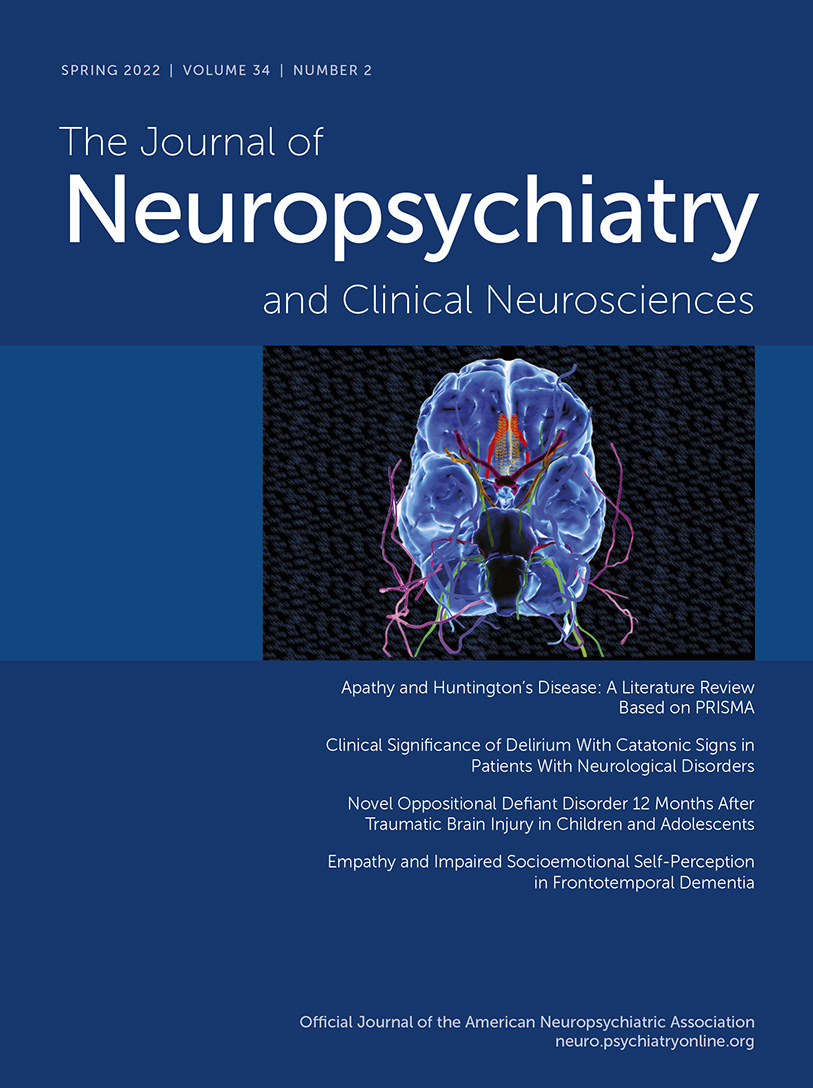Clinical Significance of Delirium With Catatonic Signs in Patients With Neurological Disorders
Abstract
Objective:
According to DSM-5, catatonia and delirium are mutually exclusive clinical syndromes. The investigators explored the co-occurrence of delirium and catatonia (i.e., catatonic delirium) and the clinical significance of this syndrome with a sample of neurological patients.
Methods:
This prospective study with consecutive sampling included patients diagnosed with delirium at the National Institute of Neurology and Neurosurgery of Mexico. DSM-5 criteria for delirium, the Confusion Assessment Method, and the Delirium Rating Scale–Revised-98 were used to select and characterize patients. Catatonia was assessed using the Bush-Francis Catatonia Rating Scale and DSM-5 diagnostic criteria. Logistic regression analysis was performed to identify etiological factors associated with catatonic delirium.
Results:
A total of 264 patients with delirium were included, 61 (23%) of whom fulfilled the criteria for catatonia and delirium simultaneously. Brain tumors, subarachnoid hemorrhage, acute hydrocephalus, and ischemic stroke were associated with delirium without catatonic signs. Catatonic delirium was observed among patients with encephalitis, epilepsy, brain neoplasms, and brain tuberculosis. After multivariate analysis, the association between catatonic delirium and encephalitis (both viral and anti-N-methyl-d-aspartate receptor [NMDAR]) was confirmed.
Conclusions:
Delirium is a common complication of neurological diseases, and it can coexist with catatonia. The recognition of catatonic delirium has clinical significance in terms of etiology, as it was significantly associated with viral and anti-NMDAR encephalitis.



